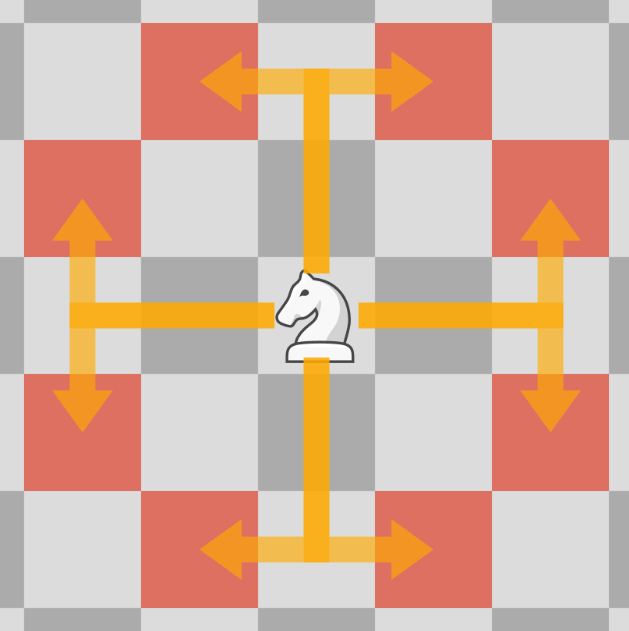
- Basics, Learning, Rules
- March 17, 2022
- 7:51 pm
How Does Each Chess Piece Move?
After you learn how to set up a chessboard it’s time to learn how chess pieces move and the chess pieces’ names.
After reading this article you will know the chess pieces’ names and how the chess pieces move. Watching titled players discuss chess games is a great way to help you remember what you learn.
Before you begin learning how the chess pieces move, getting to know the chessboard is vital.
After you have learned the chess pieces’ names and how they move you will want to begin playing games and getting better at chess. Be sure you bookmark our blog, as you can learn a lot more about chess from the many informative articles.
Pawn Movements
Pawns move vertically forward one square, with the option to move two squares if they have not yet moved.

Pawns are the only piece to capture different to how they move. The pawns capture one square diagonally in a forward direction.
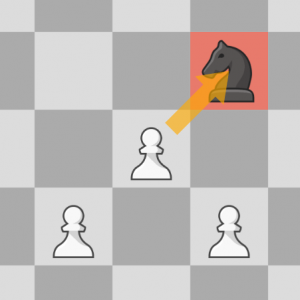
Pawns are unable to move backward on captures or moves. Upon reaching the other side of the board a pawn promotes into any other piece, except for a king.
Additionally, pawns can make a special move named En Passant.
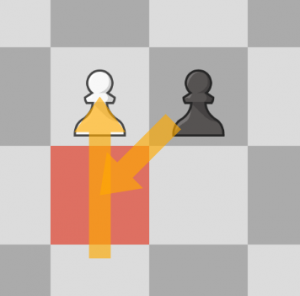
Knight Movements
Knights move in an ‘L’ shape’: two squares in a horizontal or vertical direction, then move one square horizontally or vertically. They are the only piece able to jump over other pieces.
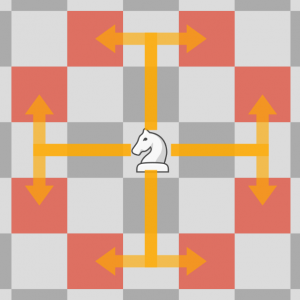
Possible Knight Squares
Bishop Movements
Bishops move diagonally any number of squares. They are unable to jump over pieces.
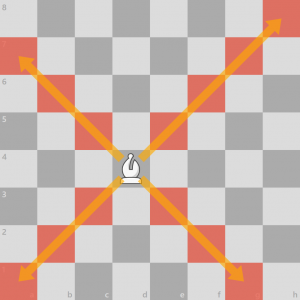
Rook Movements
Rooks move horizontally or vertically any number of squares. They are unable to jump over pieces. Rooks move when the king castles.
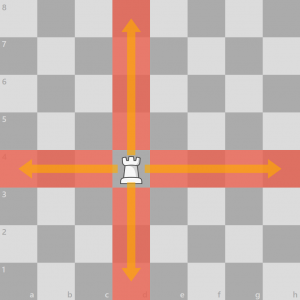
Queen Movements
Queens move diagonally, horizontally, or vertically any number of squares. They are unable to jump over pieces. The queen movement is a combination of Rook and Bishop movement capabilities.
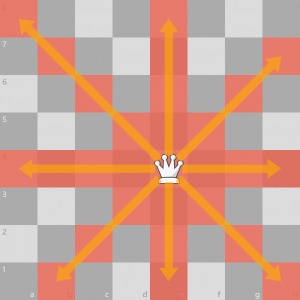
King Movements
Kings move one square in any direction, so long as that square is not attacked by an enemy piece. Additionally, kings are able to make a special move, known as castling.
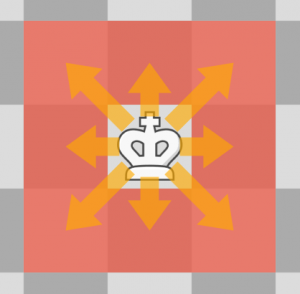
Possible King Moves
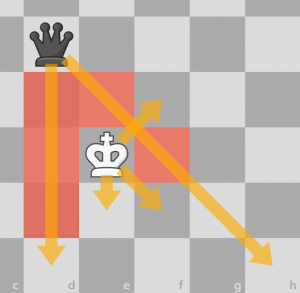
King Can’t Move to Attacked Squares
Read also
How to become a Chess Grandmaster
The Sicilian Defense: A Comprehensive Overview
5 Beginner Mistakes to Avoid in Chess
Best Chess Software for PC [Top 5]
Best Chess Software for Mac [Top 5]
